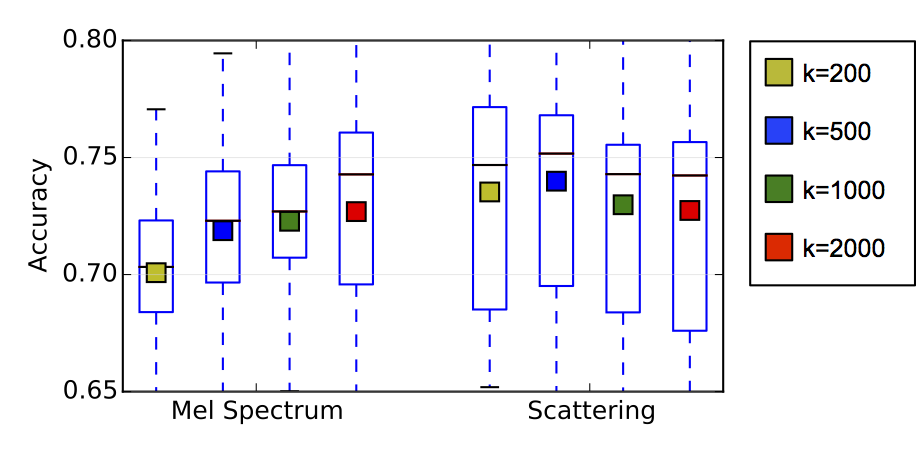WagnerTech, in partnership with NYU Tandon School of Engineering, The GovLab and the NYU Center for Data Science, invites you to hear first-hand from tech enthusiasts playing lead roles in their field, about how they are leveraging technology to advance high-impact innovation for the public good.
How is technology being used to trigger social change? What are its latest applications/trends for policy makers, community organizers, data scientists and civic advocates?
Kick started by lightning talks by members of the NYU community holding tech leadership roles in different sectors, the meetup will be followed by one hour of networking among speakers and attendees.
Lightning talks by:
- Noelle Francois, Executive Director, Heat Seek NYC
- Chris Whong, Adjunct Assistant Professor of Urban Planning at Wagner
- Justin Salamon, Post Doctoral Associate at the Center for Urban Science and Progress
- Milena Berry, Co-Founder and CEO at PowerToFly.com
- Mark Swarek, Artist & Lecturer on Integrated Digital Media
* Food and drinks will be served
* NYU community only (Alumni, Faculty, Staff, Students)
* ID required. Age limit > 21
When
Friday, April 22, 2016 from 6:00 PM to 8:00 PM (EDT) – Add to Calendar
Where
Leslie eLab – 16 Washington Pl., New York, NY 10003 – View Map
Click here to attend: RSVP

 Our paper “Feature Learning with Deep Scattering for Urban Sound Analysis” has been accepted for publication at the 2015 European Signal Processing Conference.
Our paper “Feature Learning with Deep Scattering for Urban Sound Analysis” has been accepted for publication at the 2015 European Signal Processing Conference.
 Research” has been accepted for publication at the 22nd ACM International Conference on Multimedia (ACM-MM’14).
Research” has been accepted for publication at the 22nd ACM International Conference on Multimedia (ACM-MM’14).
